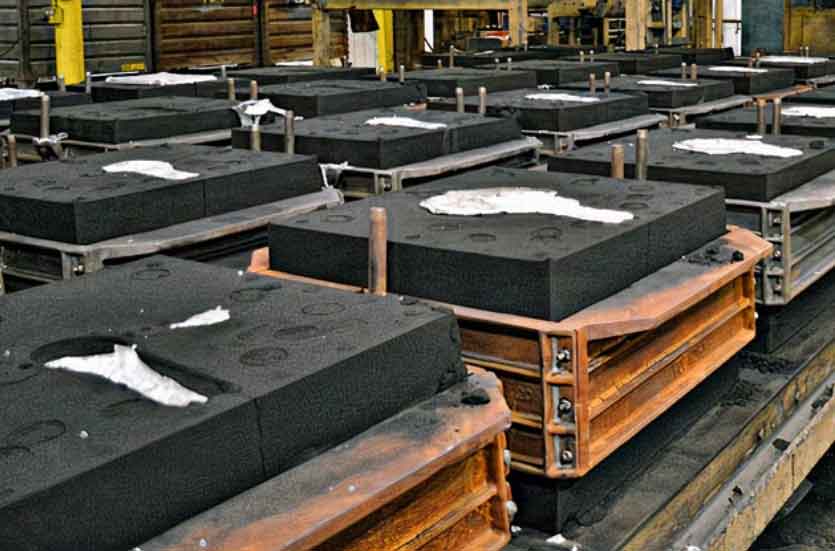
Resin sand casting can indeed meet the challenges of large-scale metal production, although it may require specific considerations and adaptations to address the increased scale. Here are some key aspects to focus on when using resin sand casting for large-scale metal production:
1. Mold Handling and Preparation:
Handling and preparing molds for large-scale production can be a logistical challenge. Implement efficient mold handling systems, such as overhead cranes or automated mold transport systems, to move and position molds effectively. Develop streamlined processes for mold preparation, including sand mixing, pattern installation, and mold assembly, to minimize downtime and optimize efficiency.
2. Automated Pouring Systems:
Implementing automated pouring systems can improve efficiency and consistency in large-scale resin sand casting. These systems can precisely control the pouring process, including metal temperature, pouring speed, and pouring volume. Automated pouring minimizes human error, ensures consistent quality, and increases productivity by reducing cycle times.
3. Continuous Production Flow:
Establishing a continuous production flow is crucial for large-scale resin sand casting. Design an optimized layout of the production area to facilitate a smooth material flow, minimizing unnecessary movements and bottlenecks. Consider implementing just-in-time (JIT) manufacturing principles to synchronize the delivery of materials, molds, and castings for seamless production.
4. Quality Control and Inspection:
Develop robust quality control measures to ensure the integrity and consistency of large-scale resin sand castings. Implement comprehensive inspection protocols to verify dimensional accuracy, surface quality, and material properties. Utilize non-destructive testing techniques, such as X-ray or ultrasonic inspection, to detect internal defects. Implement statistical process control (SPC) methods to monitor and maintain quality throughout the production process.
5. Resource Management:
Efficient management of resources, including raw materials, energy, and labor, is critical in large-scale resin sand casting. Optimize sand usage through efficient sand reclamation systems to reduce material waste. Implement energy-saving measures, such as high-efficiency furnaces or heat recovery systems, to minimize energy consumption. Employ workforce planning and training to ensure sufficient skilled labor for large-scale production requirements.
6. Scalability and Flexibility:
Resin sand casting should be scalable and adaptable to accommodate large-scale production volumes and variations in demand. Maintain flexibility in mold designs, allowing for quick and cost-effective pattern changes to accommodate different part configurations. Implement lean manufacturing principles to identify and eliminate waste, optimize processes, and improve overall efficiency.
7. Collaboration and Supply Chain Management:
Large-scale resin sand casting often involves collaboration with multiple stakeholders, including suppliers, foundries, and customers. Establish effective communication channels and collaborative relationships with suppliers to ensure a reliable and timely supply of raw materials and consumables. Implement efficient supply chain management practices to minimize lead times and maintain uninterrupted production flow.
By addressing these challenges and considerations, resin sand casting can be effectively adapted for large-scale metal production. Implementing automation, optimizing production flow, ensuring quality control, managing resources efficiently, and fostering collaboration contribute to the successful implementation of resin sand casting on a larger scale.
